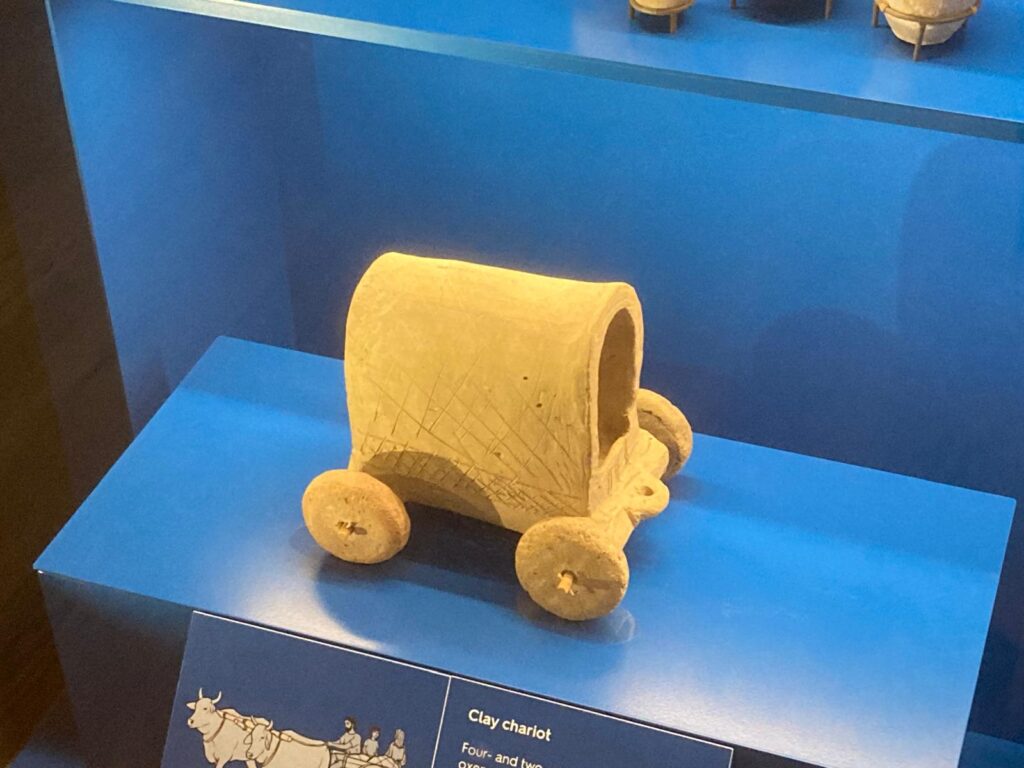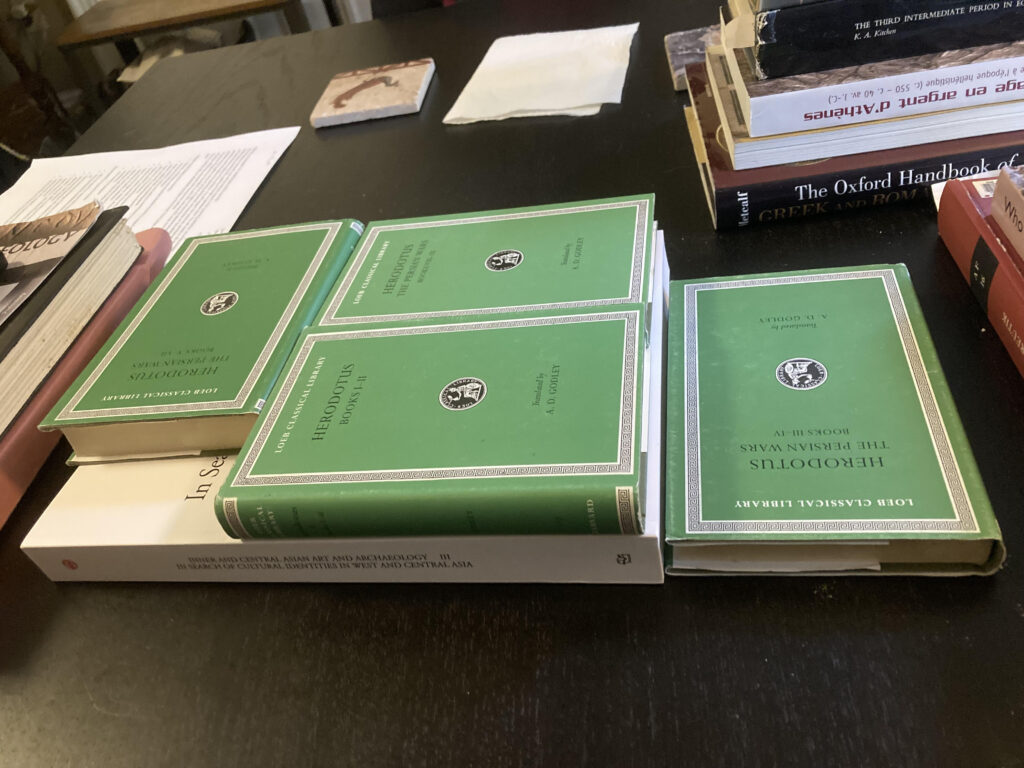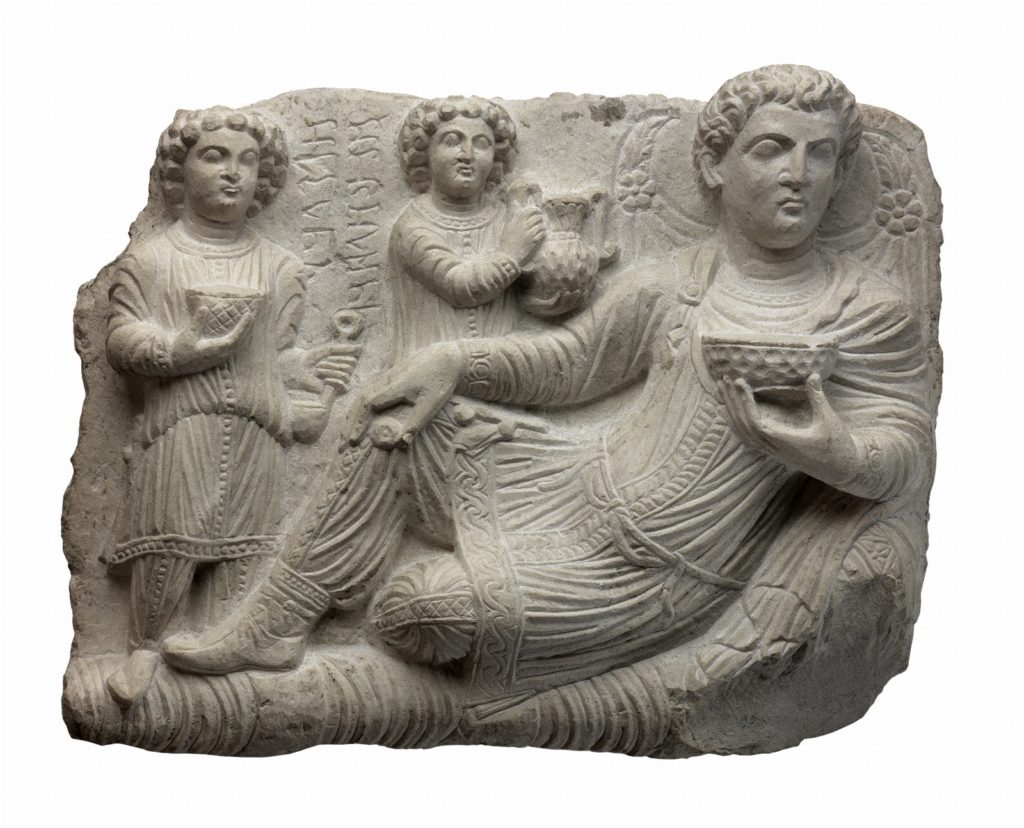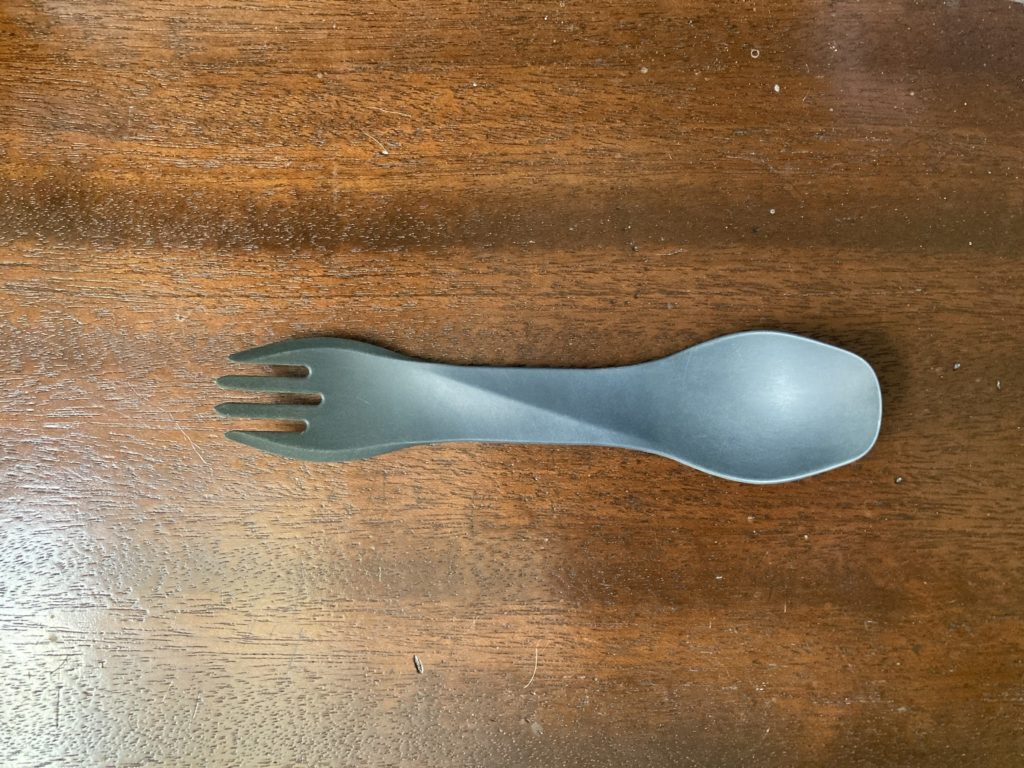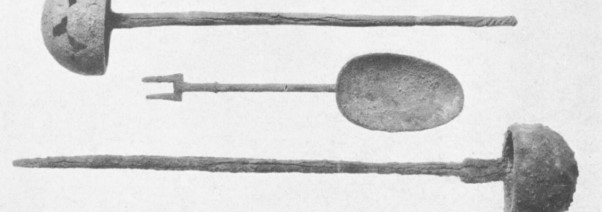Just one talking head, actually: mine. Next month I’ll be giving three talks. The first (at Bryn Mawr on March 3) and third (at Ohio State on March 20) are on the Tell el-Maskhuta hoard. The hoard has been a pet project of mine for the last year, though thanks to my heavy teaching load and my refusal to turn down any invitation to write anything, I’ve not been able to work on it very steadily. Nevertheless, I now have a draft catalog of the hoard, as well as preliminary discussions of its deposition and discovery. I don’t have any articulated conclusions about the hoard yet, but I’ve already formulated a few in my head, which means it’s definitely time to take this show on the road.

My second talk (on March 6) will be at the Royal Danish Academy of Sciences and Letters in Copenhagen as part of the conference ‘Carving the Individual: Self-Representations in Rock-Cut Monuments in the Parthian, Roman, and Sasanian Near East (2nd c. BCE-3rd c. CE).’ As you may have surmised, I’ll be talking about Arsacid rock reliefs. I’m a little diffident about this topic, in no small part because these reliefs are difficult to make sense of. Rather than identifying specific individuals, I’ll focus instead on patterns, which may attest to shared concerns or elements of identity across the western Arsacid Empire.

Of course, the real reason I’m going to Denmark is the bread. I will lecture on any topic if it will get me to some Danish bread.



